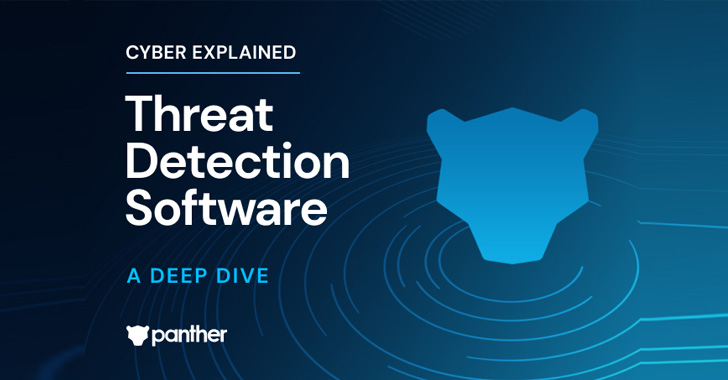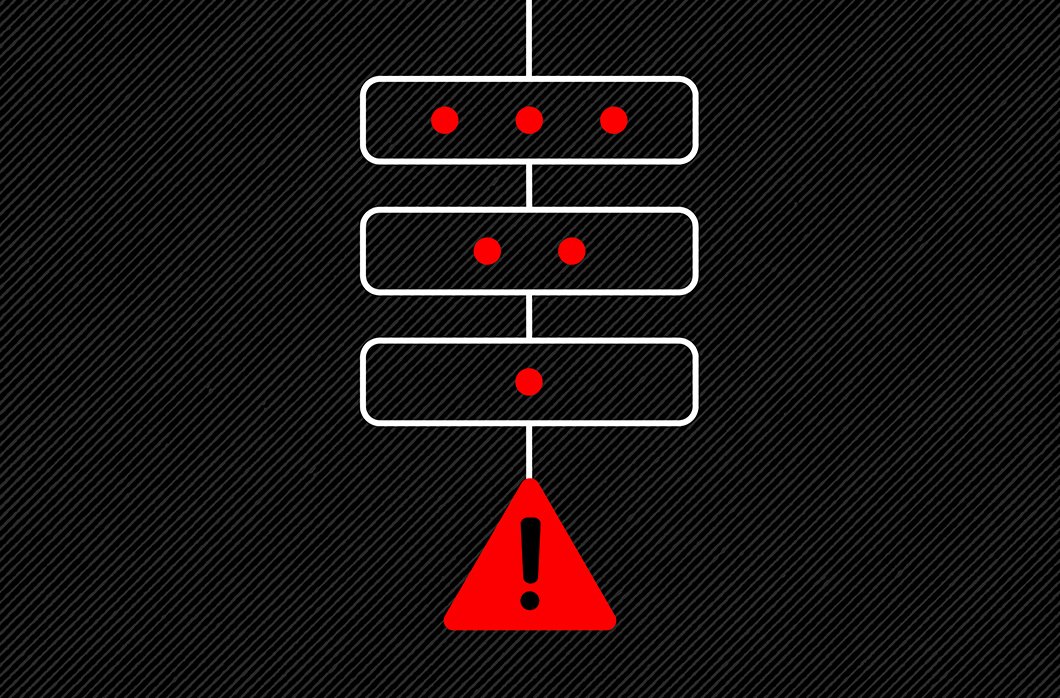The CrowdStrike Falcon® platform takes full advantage of the power of the CrowdStrike Security Cloud to reduce high-cost false positives and maximize detection efficacy to stop breaches CrowdStrike continuously explores novel approaches to improve machine learning automated detection and protection capabilities for Falcon customers CrowdStrike’s cloud-based machine learning … [Read more...] about Maximizing Detection Efficacy of an ML Model Using the Cloud
detection
Threat Detection Software: A Deep Dive
As the threat landscape evolves and multiplies with more advanced attacks than ever, defending against these modern cyber threats is a monumental challenge for almost any organization. Threat detection is about an organization's ability to accurately identify threats, be it to the network, an endpoint, another asset or an application – including cloud infrastructure and … [Read more...] about Threat Detection Software: A Deep Dive
Forrester names Elastic a Strong Performer in the Endpoint Detection and Response Wave
Security at scaleForrester stated in the EDR Wave that “Threat hunters can search data and visualize it with graphs and charts, and can also schedule queries.” The analyst firm also mentioned that “Elastic is best suited for security teams with a depth of knowledge that want a flexible offering with features of SIEM and EDR.” Elastic purposefully combined SIEM and EDR so that … [Read more...] about Forrester names Elastic a Strong Performer in the Endpoint Detection and Response Wave
Stay on target: How accurate threat detection leads to better defense
The X-Wings began their run across the surface of the Death Star, racing to attack an exposed thermal exhaust port. Luke Skywalker was there, his tiny spacecraft rocking and shaking, buffeted by explosions. As he closed in on his target, Luke did something truly daring—he switched off his targeting system. He was now relying solely on the Force to help him find his … [Read more...] about Stay on target: How accurate threat detection leads to better defense
Enhancing Fileless Attack Detection with Memory Scanning
CrowdStrike introduces memory scanning into the CrowdStrike Falcon® sensor for Windows to enhance existing visibility and detection of fileless threats The Falcon sensor integrates Intel threat detection technology to perform accelerated memory scanning for malicious byte patterns Memory scanning is optimized for performance on Intel CPUs, including high-performance operation, … [Read more...] about Enhancing Fileless Attack Detection with Memory Scanning
Logz.io Anomaly Detection: Alerting and Auto-Visualization
Moving beyond traditional monitoring to embrace full stack observability offers a seemingly endless range of benefits. Beyond unifying logs, metrics, and traces in a single platform, the opportunity to enlist advanced analytics and engage a more predictive approach represents another huge step forward.Applying powerful machine learning and artificial intelligence to … [Read more...] about Logz.io Anomaly Detection: Alerting and Auto-Visualization
Relevant and Extended Detection with SecureX, Part Four: Secure Cloud Analytics Detections
In part one of this Relevant and Extended Detection with SecureX series, we introduced the notion of risk-based extended detection with Cisco SecureX – the idea that a user can prioritise detections into incidents based on their idea of what constitutes risk in their environments and then extend those detections with enrichments from other products. In subsequent posts we’ve … [Read more...] about Relevant and Extended Detection with SecureX, Part Four: Secure Cloud Analytics Detections
The Right Way to Extend Detection and Response
This week we announced the general availability of CrowdStrike’s newest innovation, Falcon XDR, and I couldn’t be more excited. Using our same single, lightweight agent architecture, Falcon XDR enables security teams to bring in third-party data sources for a fully unified solution to rapidly and efficiently hunt and eliminate threats across multiple security domains. As George … [Read more...] about The Right Way to Extend Detection and Response
New Approach for Command Line Anomaly Detection
Suspicious command lines differ from common ones in how the executable path looks and the unusual arguments passed to them Bidirectional Encoder Representations from Transformers (BERT) embeddings can successfully be used for feature extraction for command lines Outlier detectors on top of BERT embeddings can detect anomalous command lines without the need for data labeling Our … [Read more...] about New Approach for Command Line Anomaly Detection
Relevant and Extended Detection with SecureX, Part Three: Behaviour-Based Detections with Secure Network Analytics
In part one of this Relevant and Extended Detection with SecureX series, we introduced the notion of risk-based extended detection with Cisco SecureX – the idea that a user can prioritise detections into incidents based on their idea of what constitutes risk in their environments and then extend those detections with enrichments from other products. In subsequent posts we are … [Read more...] about Relevant and Extended Detection with SecureX, Part Three: Behaviour-Based Detections with Secure Network Analytics













